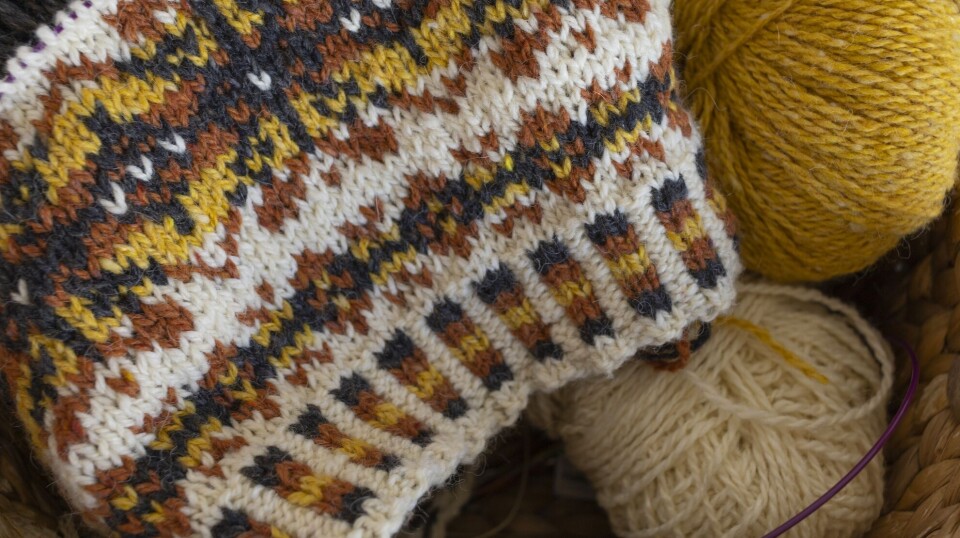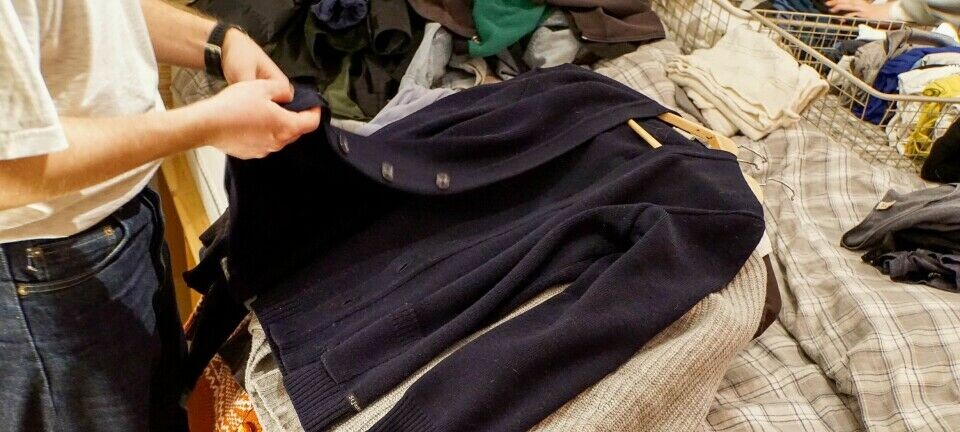
What did people use as rain gear in the past?
ASK A RESEARCHER: It wasn’t until the 1980s that we were able to be completely dry and warm.
A reader wonders how people protected themselves from rain in the past. We asked researchers.
Ingun Grimstad Klepp is a professor at Oslo Metropolitan University (OsloMet).
“People in the old days probably didn't have rain gear like we have today. Now we have specific clothes for different weather and occasions. Before, people had clothes that were robust and could withstand a lot,” Klepp tells sciencenorway.no.
Nevertheless, people throughout the ages have used various techniques to keep themselves drier and warmer when it poured down.
“None are as effective as plastic. This is an area where plastic clothing has really been a big win,” says Klepp.
Over the years, natural materials have been treated in various ways to make them denser.
Leathers or hides
Humans have dressed in animal hides since time immemorial. They provided protection against the weather.

If they wore a long-haired pelt, the hairs would direct the water away from the body.
Animal skins were also tanned to make the leather durable and soft. The leather would then be cleaned, treated with various substances, and smeared with fat.
Tanning is an ancient craft but has been carried out in factories since the 20th century.
“Tanned leather is very dense but expensive and requires special expertise,” says Klepp.
Made wool dense
Wool was made into wadmal.
Archaeologists have found wadmal in graves dating back to the early Nordic Iron Age, according to the Great Norwegian Encyclopedia (link in Norwegian). This means that the technique has been used for a couple of thousand years in Norway.
Wool was woven and then fulled. This means that wool is placed in hot water and soap, causing the fibres to felt together and shrink, a process that similar to felting.
“The wool then becomes dense and can withstand water and wind, although wadmal garments are not as dense as modern rain gear,” says Klepp.
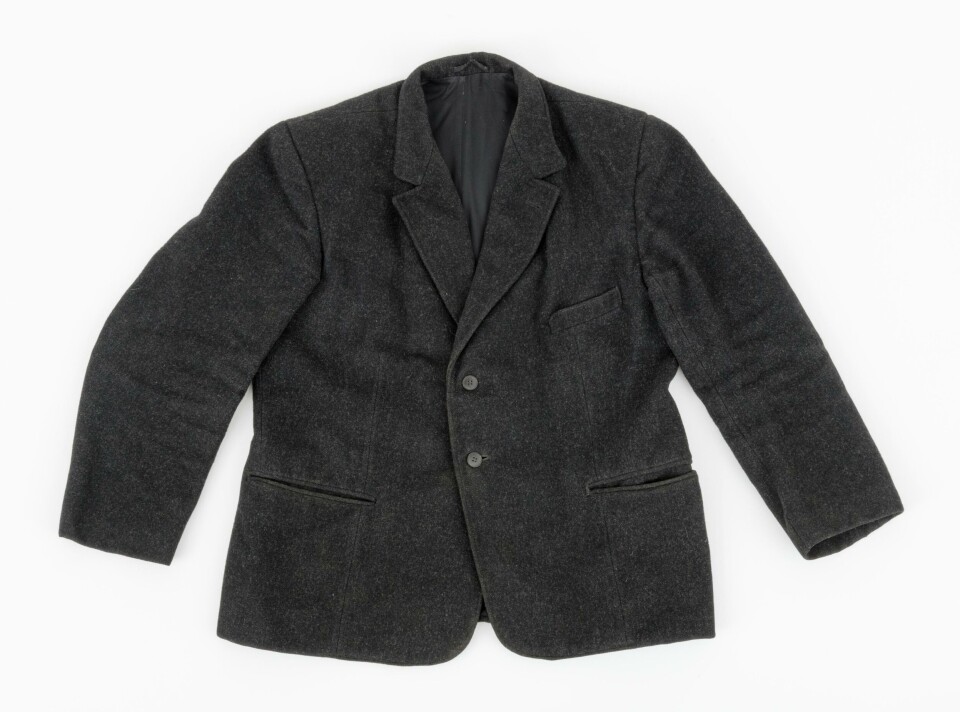
Imitation sheepskin
Wool can also be treated in a completely different way. Here, people imitated sheep.
When rain hits a sheep, the water runs along the wool fibres and runs off the outside.
“A long-haired wool cloak works the same way. A sheep doesn't get wet down to the skin,” explains Klepp.
The Varafell, used by Vikings, was such a garment.
“It was made of woven wool with a long nap, resembling artificial fur. It was a mix between a blanket and a cloak,” she says.

Oilskins
Cotton came to Norway around 1850.
“Cotton was a cheap material compared to what we used before in this country,” says Klepp.
Like wool, cotton can be woven tightly.
“First, they wove a very dense cotton fabric, then they impregnated it with fat such as fish oil or vegetable oil,” she says.
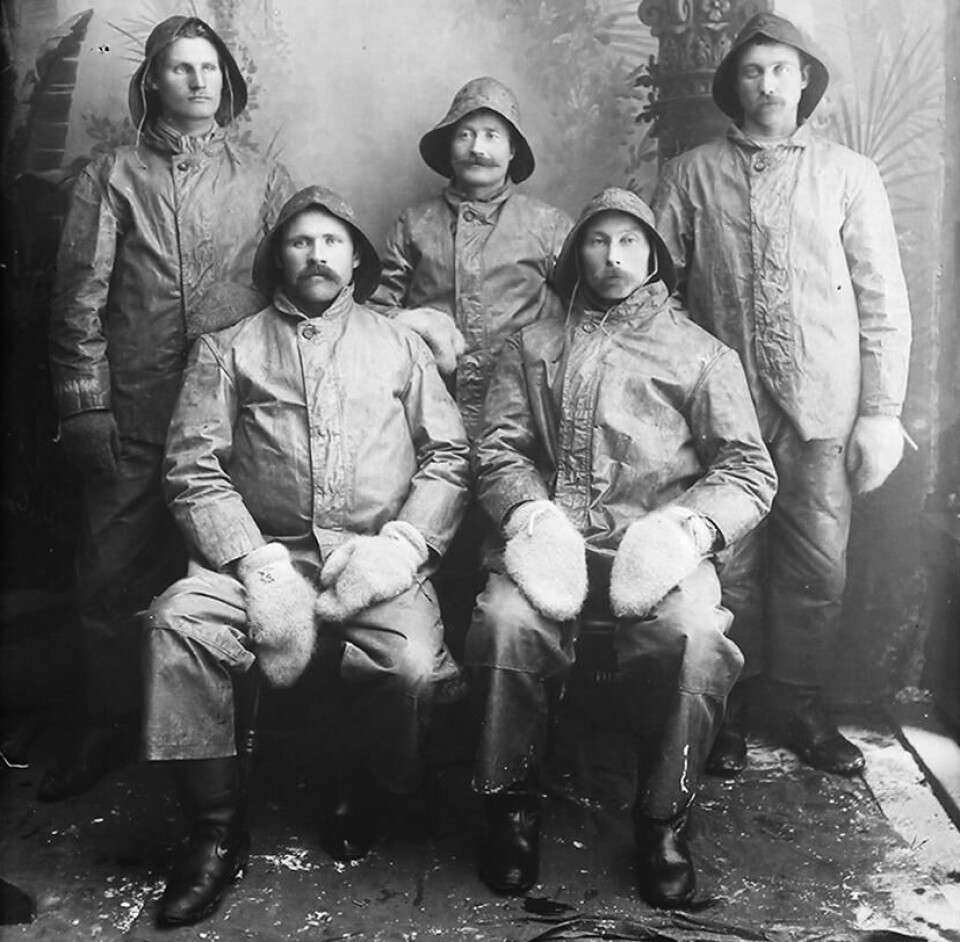
Oil repels water and prevents it from penetrating the fabric. However, the oilskins needed to be impregnated with new oil periodically.
“This made them quite sticky, but they didn’t advertise that,” says Tone Rasch. She is a curator at the Norwegian Museum of Science and Technology.
Imitation leather
Factories produced oilskins for fishermen as early as the 1860s. In 1877, ship captain Helly Juell-Hansen started an oilskin and canvas factory. This later became the Helly Hansen company, according to Rasch.

In the 1920s, the company launched Linox, a canvas of the best quality with specially treated linseed oil. This made the surface glossier and less sticky.
“Today, many associate this technique with the English fabric oilskin, which is still sold and used today,” Klepp says.
Rubber
Another type of rainwear was rubber, which was used at the same time as oilskins. The major colonial powers, Britain and France, had good access to the raw material and sold it to other countries.
The first Norwegian rubber factory, Trelleborg-Viking, started in 1896. Several others followed.
Rubber is made from the sap of the rubber tree, which grows in tropical regions. The sap is processed into an elastic mass that can be used for car tyres, rain gear, and rubber boots.
Rubber can also be made synthetically through several chemical processes.
“Rubber is very dense, but it smells. We collected rubber rainwear a few years ago. It stank terribly,” says Rasch.

Rainwear becomes fashionable
With rubber clothing and improved oilskins, the range expanded. Rainwear was now sold not only for work, but also for sports and everyday use.
“You could get rainwear in various colours, with nicer cuts and more details. Rainwear became fashionable,” says Rasch.
However, until well into the 1930s, the most common rainwear was still the cold, stiff, black oilcloth. Around 300,000 oilcloth coats and capes were produced in Norway each year.
Rasch’s article Raff i regn (Refined in the rain) includes a woman describing her childhood rainwear:
“My first raincoat was a black oilskin coat. I got it when I was 12-14 years old. I had an uncle visiting from America that summer. 'Why does everyone in Norway walk around in these black, dreary raincoats? In the USA, they come in all colours.' But it was black, and black it remained for years.”
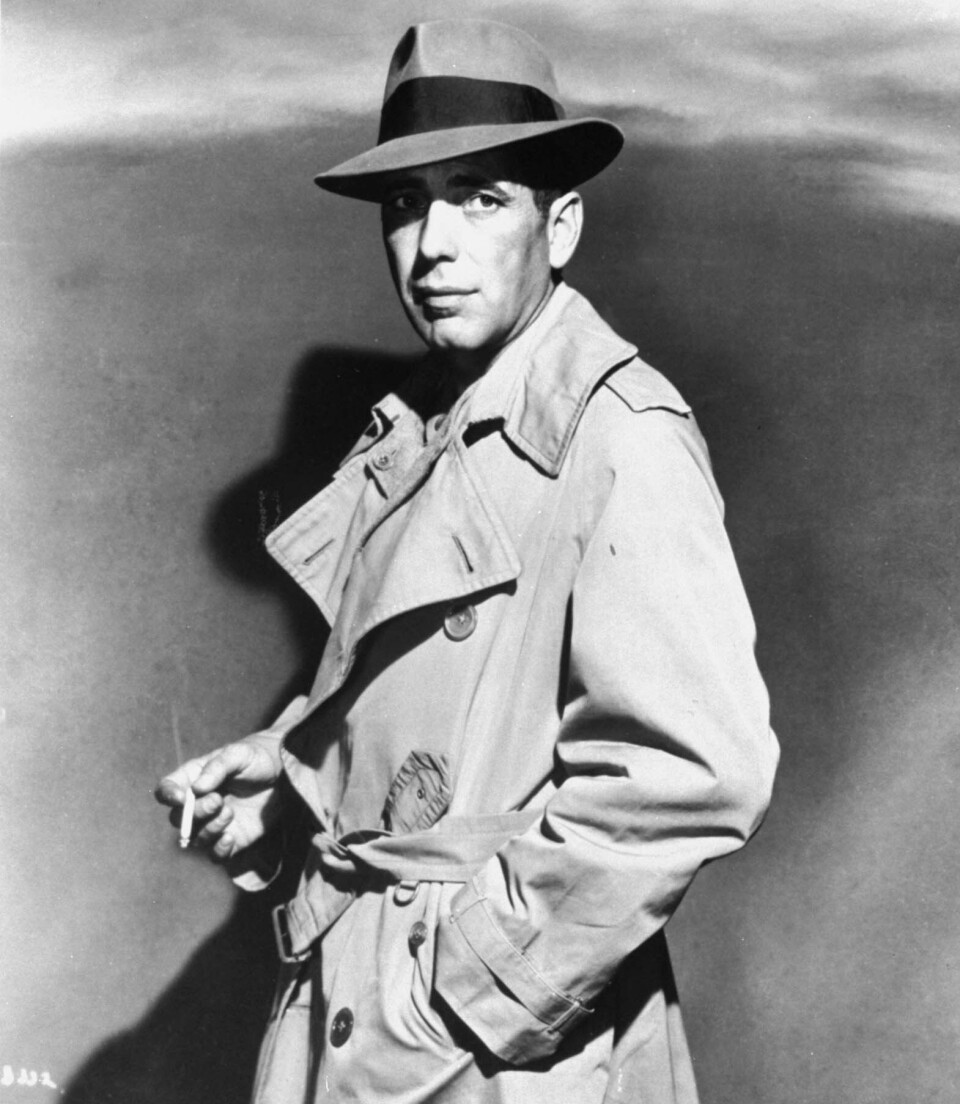
Plastic enters the scene
In the USA, plastic took over the rainwear market during World War II. Helly Hansen was the first to do so in Norway.
PVC was a cheap, light, strong, durable, and flexible plastic material. It could be made stiff and hard, for things like pipes and flooring, or soft, for rainwear.
In 1949, Helly Hansen started making PVC rainwear. Competitors followed suit with capes and coats made from welded plastic film.
“They were almost transparent so you could show off your nice dress underneath. They resemble the ponchos you can buy in tourist shops. Marching bands still use them today,” Rasch says.
This plastic film was also used for shower curtains and diaper bags.
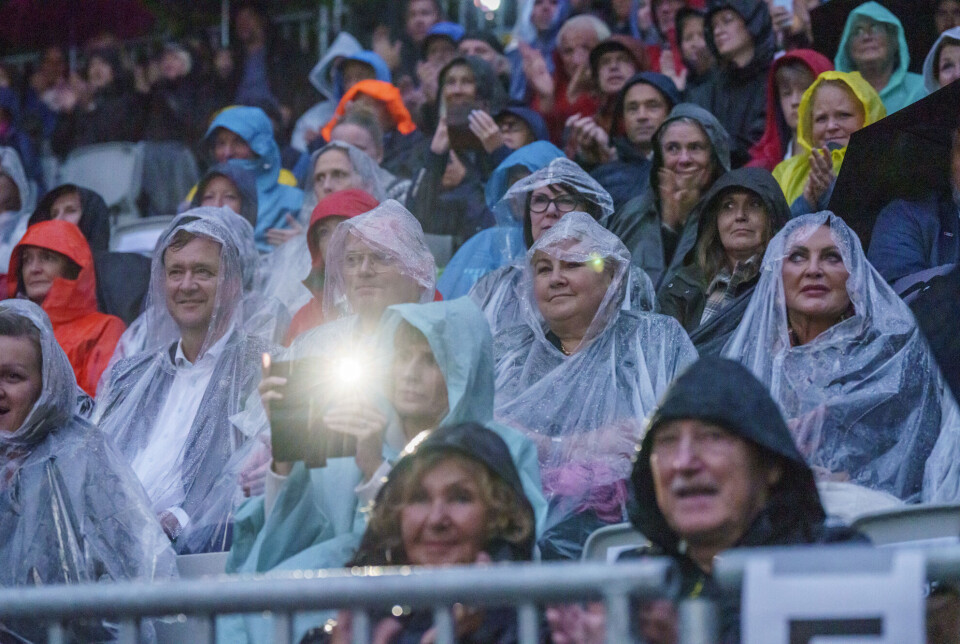
But the quality of the first plastic coats was poor, and they disappeared from the market.
Cotton and plastic
Rainwear with a layer of plastic on tightly woven cotton fabric then took over. It kept the water out. These garments were much more durable.
“They were made using the same method as oilskins, but the oil was replaced with a plastic coating,” says Rasch.
All kinds of garments were produced in cotton fabric coated in plastic: sou’westers, trousers, mittens, jackets, and coats.
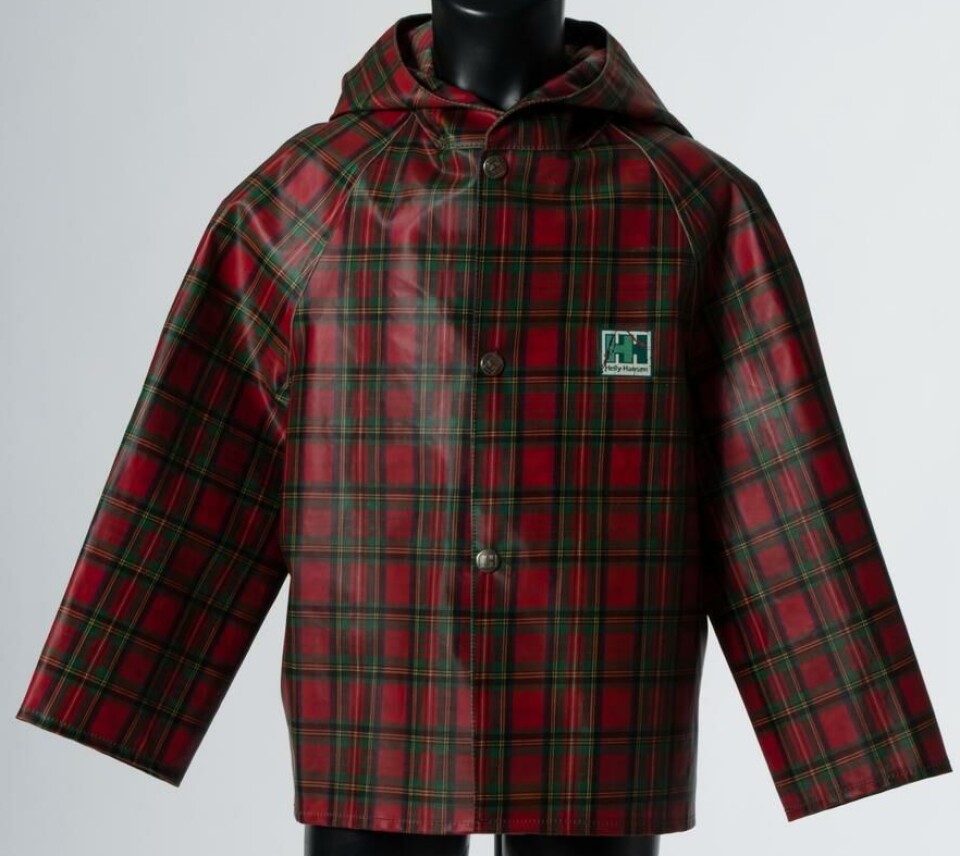
It became more common to have different kinds of rain gear for different uses. Some were best suited for the mountains, some for gardening, and others for strolling around town.
“The cuts were modern. The colours were bright,” Rasch says.
Some garments became especially popular. A dark green sports jacket for men from Helly Hansen was originally intended for anglers and motorcyclists. But it caught on among young people in the 1960s.
However, cotton garments coated in plastic were heavy.
Lighter and cheaper
Nylon is a type of plastic that is lighter than cotton, and eventually took its place.
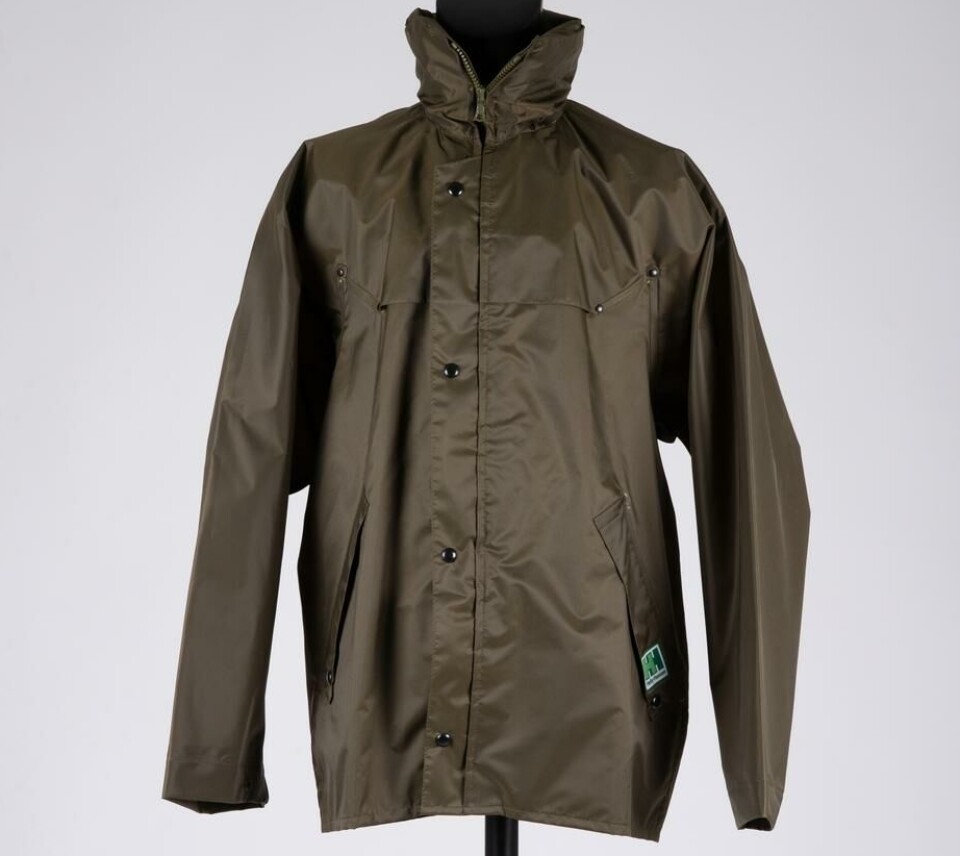
Different types of plastic made it easier to create new models. The technology developed to the point that the clothes became cheaper. The fact that the clothes had become fashionable also meant that people replaced them more frequently.
Then, in the 1980s, another technological innovation entered the scene.
Waterproof but breathable
This new technology resulted in fully waterproof rain gear that does not get clammy. All-weather jackets became commonplace.
The most well-known material is Gore-Tex. It was originally a brand, but the patent has expired, and the technology can now be used freely by anyone, according to Klepp.
“A Gore-Tex membrane prevents rainwater from penetrating the garment, while sweat and other moisture are transported out. We therefore say that the rainwear is breathable,” explains Rasch.
Other types of coatings and impregnations are also used to achieve the same effect, often with chemicals that are not good for the environment, Klepp says.
Rainwear made this way is also called shell jackets.
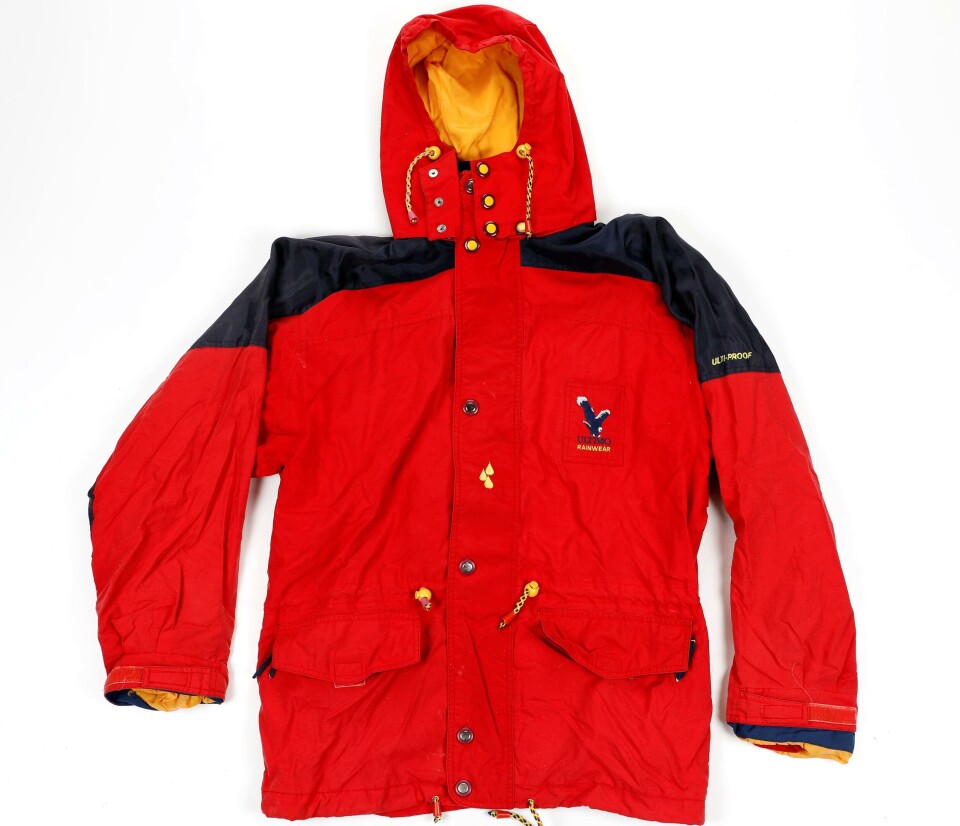
Retro returns
Tone Rasch first studied rainwear 25 years ago. At that time, it was almost impossible to find plastic-coated raincoats for sale.
“I found some, but they were hugely expensive. They cost close to 400 USD. Today, cheap plastic-coated raincoats are available again in a retro style,” Rasch says.
Even though plastic is the most effective against rain, plastic clothing is a burden on the environment.
As a result, some companies have revived old methods.
The Norwegian clothing manufacturer Devold has designed a wool jacket that can be used in the mountains. The wool is woven and stretched in new ways to keep you warm and dry, according to devold.com.
The company Northern Playground makes water-repellent garments from organic cotton.
“It’s good that the clothing industry is working on alternatives to plastic clothing,” says Klepp.
Reference:
Rasch, T. Raff i regn- plastregntøy for sports- og spaserbruk på 1950-tallet (Refined in the rain– rainwear for sports and walking in the 1950s), Volund 1999-2000, Museum of Technology, 1999/00.
———
Translated by Nancy Bazilchuk
Read the Norwegian version of this article on forskning.no








